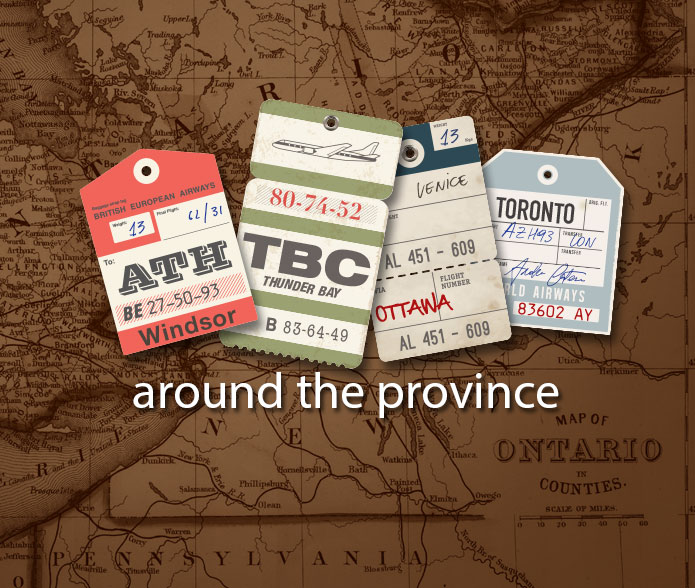Can mentorship help you in a career transition? Toby explores this as he recounts his decision to walk away from a tenure-track faculty position to become a librarian. Through OLA MentorMatch, he met with Jennifer Peters who helped him find where to focus on his job search.
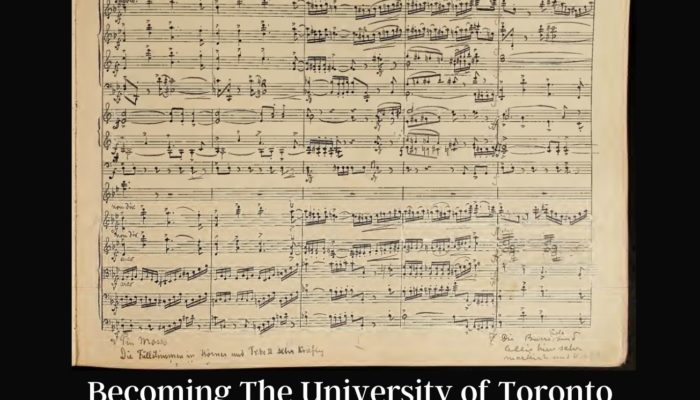
Collections considerations: What goes into curating Canada’s largest music library
By Trevor Deck
In 1921, the Faculty of Music at the University of Toronto (established 1918) took over the operation of what was then the Toronto Conservatory of Music’s library. This year marks our 100th anniversary, and we are grateful to the editors of Open Shelf for the opportunity to document our history, current state and special collections in a series of articles over the coming months. This month, Trevor Deck walks us through the library’s collection development mandates, scope and goals.
The University of Toronto Music Library, one of 44 branch libraries at the University of Toronto, represents the largest music research collection in Canada, with over 220,000 books and periodicals, around 300,000 music scores, over 250,000 sound recordings, and extensive archival holdings and special collections. The Library’s collection mandates include preserving Canadian musical heritage and culture and supporting the teaching, research and performance activities of the Faculty of Music and the broader Toronto music community.
The collection began in 1921 when the University of Toronto took over operations of the Toronto Conservatory of Music, including its music library. In 1964, the Faculty and its library moved to new premises, named for the Canadian tenor and former Artistic Director of the Metropolitan Opera, Edward Johnson. This building was constructed to meet the growing size and demands of the Faculty. At the time, the Music Library collection consisted of over 80,000 books, scores and periodicals, and thousands of recordings. Nearly 60 years later, that collection has more than doubled.
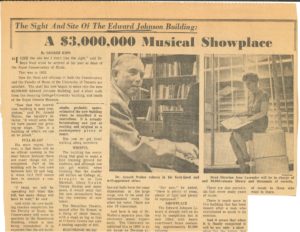
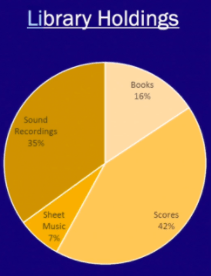
To support the acquisition of thousands of new monographs, serials and scores each year, we have approval plans set up with multiple library vendors in Europe and North America. These plans, also known as Dealer Selection Orders (DSOs), ensure comprehensive coverage of the world’s important new publications. Each DSO is authorized to select and send new publications that are first produced in their respective country, based on user profiles with detailed selection criteria. Some materials are selected automatically and shipped, while others are sent in the form of ‘slip notifications’, which the collection librarian reviews and either orders or rejects.
Our established system for collecting is designed to prioritize works that align closely with the teaching and research interests of our faculty and students. Since the central focus of music history and research for Western classical music and opera has been white and male American or European composers, our collection, while comprehensive, skews heavily towards this demographic. For example, as part of a diversity audit within a large-scale collection assessment project, we found that 90% of the scores in our collection were written by male composers, the majority of which were European or American. While these findings are not all that surprising, they nonetheless provide strong evidence that there is ample room for improvement when it comes to diversifying our collection and increasing our representation from traditionally excluded voices.
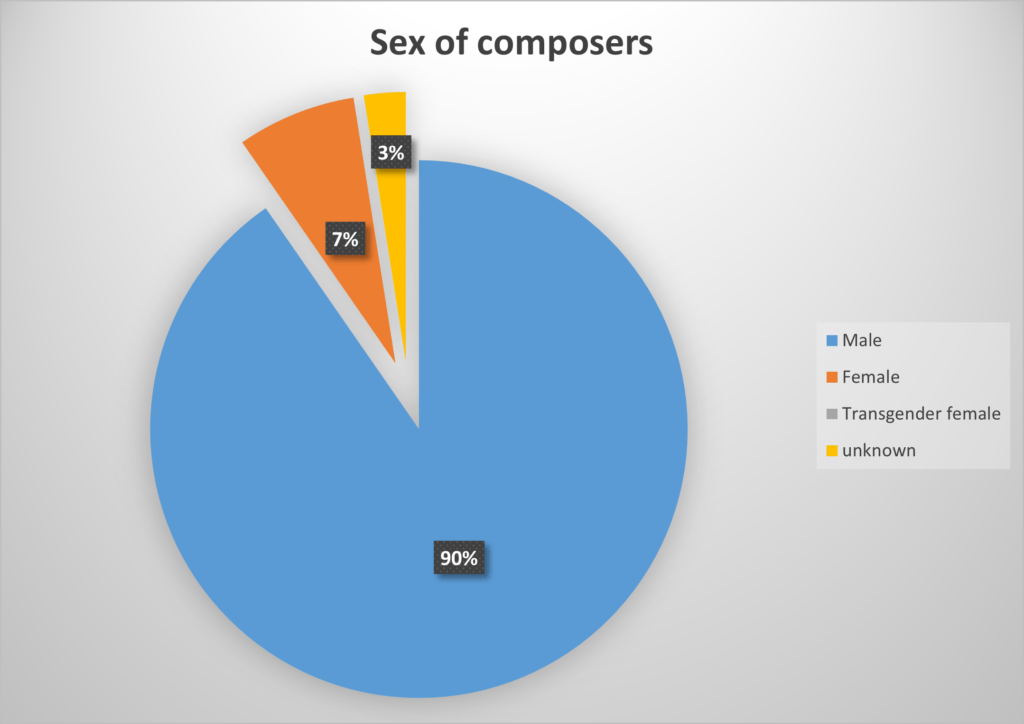
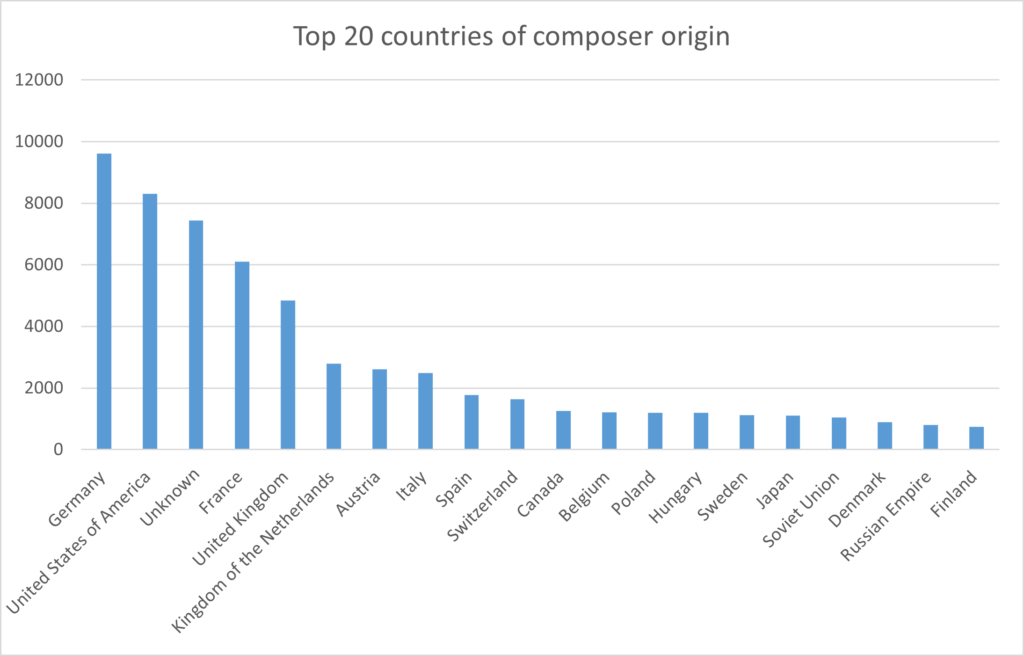
We have also found that a disproportionate number of contemporary scores and works by female composers are housed at our off-site storage facility at Downsview, the result of established policies to balance our ever-growing collection with our ever-limited shelf space. These policies direct new publications by lesser-known composers to Downsview, which are then repatriated to the Music Library only after an interested user checks the material out. Materials at Downsview are still readily retrievable through the Music Library upon request, with a turnaround of about two business days, but our analysis found that scores housed at Downsview are much less likely to be circulated than those at the Music Library. In addition to the delay in access, keeping these materials unavailable through serendipitous shelf-browsing likely contributes to lower circulation.
Projects like this diversity audit serve as meaningful reminders of how our policies and practices can perpetuate the marginalization of underrepresented artists within our culture, both past and present. As custodians of Canadian music and heritage, it is imperative that we endeavour to build library collections that reflect the rich cultural diversity of our country. As we continue our work to assess our collections and acquisition processes, including a forthcoming faculty survey following our analysis, we will strive to find new ways to improve diversity and representation within our collection.
Music & Film Collections Management Librarian Trevor Deck works at University of Toronto Libraries. Prior to his current position, Trevor received a Master of Library and Information Studies at the University of British Columbia in 2014, and held a variety of roles focused on both collections management and digital services in public and academic libraries in Vancouver and Vancouver Island.
